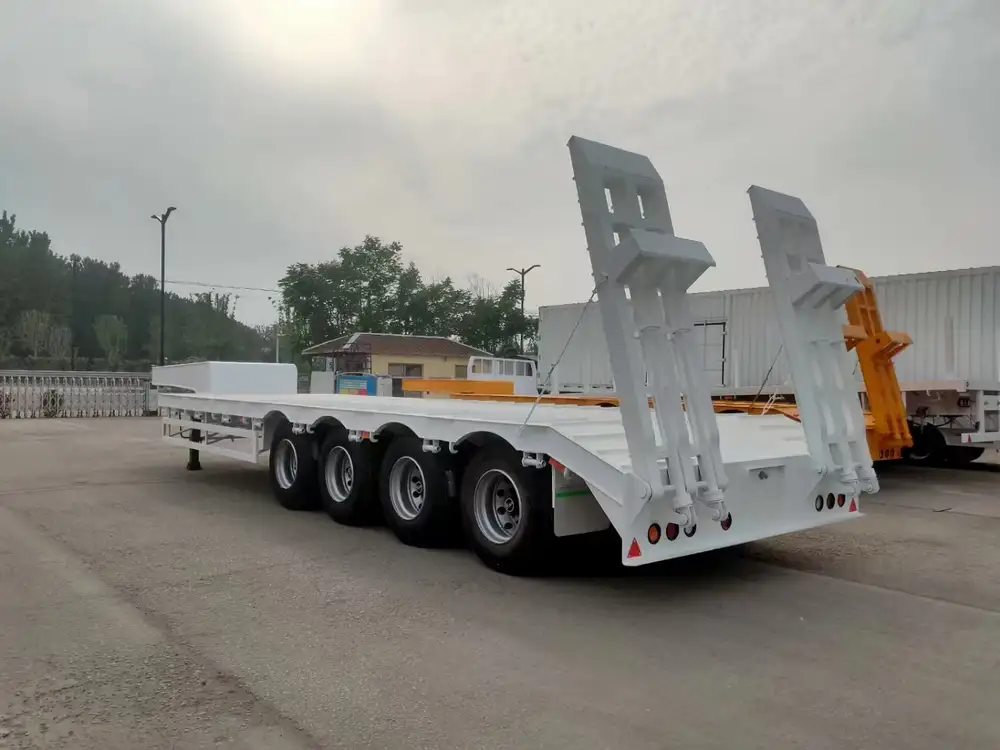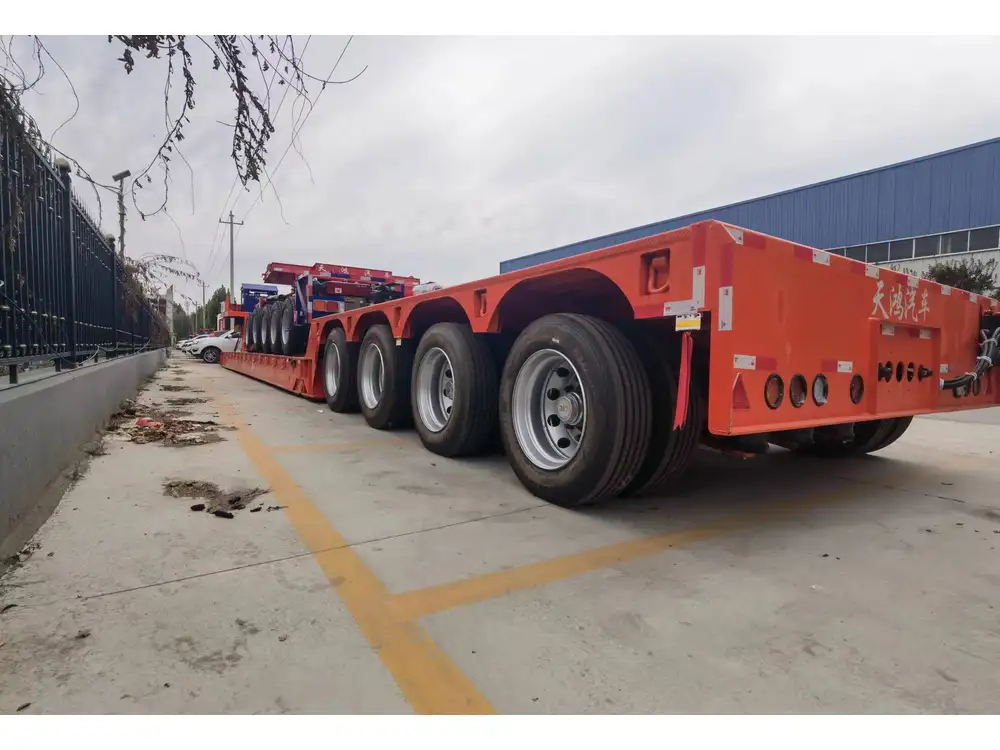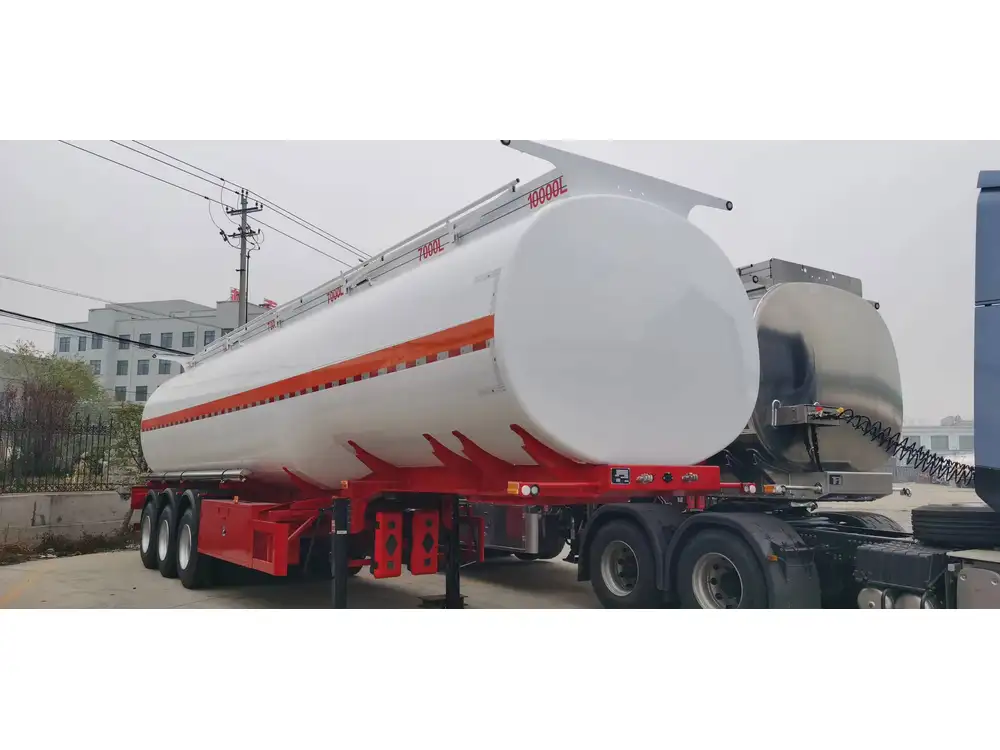The transportation industry is an ever-evolving field, presenting diverse challenges that require innovative solutions. Among the various equipment used for hauling goods, Conestoga trailers have gained notable attention and popularity. In this comprehensive guide, we delve into the intricacies of Conestoga trailers, examining their features, benefits, applications, and making a detailed comparison with other types of trailers. By the end of this article, you will have a thorough understanding of what a Conestoga trailer is and how it can meet your transportation needs.
What Is a Conestoga Trailer?
Conestoga trailers are a specialized type of flatbed trailer designed primarily for transporting various types of freight while offering enhanced versatility and protection. Named after the Conestoga wagons used by early American settlers, these trailers come equipped with a unique, retractable tarp system that provides an element of weather resistance while ensuring ease of access to the cargo.
Key Features of Conestoga Trailers
| Feature | Description |
|---|---|
| Retractable Tarp System | Offers easy loading and unloading while protecting cargo from the elements. |
| Flatbed Design | Provides a stable and spacious platform, ideal for various cargo types including oversized loads. |
| Versatile Applications | Suitable for a wide range of freight types, from industrial equipment to agricultural products. |
| Durable Construction | Built to withstand tough conditions, which is critical in logistics and transport operations. |
| Safety Features | Equipped with secure tie-down points and advanced braking systems to ensure safe transport. |

Advantages of Conestoga Trailers
The advantages of using Conestoga trailers extend beyond their aesthetic appeal. Here, we explore the myriad benefits that make them a preferred choice among manufacturers and transporters.
1. Enhanced Protection
One of the standout features of Conestoga trailers is their protection against the elements, thanks to the retractable tarp system. Unlike standard flatbeds, which leave cargo exposed to rain, snow, or harsh sunlight, a Conestoga can be easily covered or uncovered, maintaining cargo integrity irrespective of weather conditions.
2. Improved Accessibility
The design of Conestoga trailers emphasizes accessibility. The tarp system rolls back smoothly, allowing for rapid loading and unloading processes. This efficiency saves time and labor costs, integrating seamlessly into busy logistics operations.

3. Versatility and Adaptability
These trailers are not only ideal for transporting general freight but are also versatile enough for specialized loads. Whether you’re hauling construction materials, agricultural products, or machinery, the adaptable nature of a Conestoga trailer accommodates various cargo shapes and sizes.
4. Cost Efficiency
By minimizing damage to goods and reducing loading time, Conestoga trailers can lead to significant cost savings in transportation logistics. The combination of adequate protection, ease of access, and strength contributes to maximizing profit margins.
5. Safety and Compliance
Safety is paramount in the transport industry. Conestoga trailers feature robust construction and secure tie-down points, ensuring that loads are secured and stable during transit. Moreover, compliance with Department of Transportation (DOT) regulations is easier to achieve, given the standardized design and safety specifications.

Common Uses for Conestoga Trailers
Conestoga trailers serve various sectors within the logistics and transportation industries. Their design makes them particularly suitable for:
A. Construction and Heavy Equipment
The construction industry often necessitates transporting large and heavy machinery. Conestoga trailers can accommodate oversized equipment, with the flexibility of covering sensitive components.
B. Agricultural Products
From grains to livestock feed, these trailers are used extensively in agriculture. They facilitate the transport of goods while ensuring minimal exposure to weather conditions, thus preserving product quality.

C. Food and Beverage Industry
In the food and beverage sector, temperature-sensitive products can also be transported with Conestoga trailers equipped with temperature control options. Their secure design prevents contamination.
D. Manufactured Goods
Manufacturers rely on Conestoga trailers to transport finished products securely. The capacity for quick access during loading and unloading is crucial in production schedules.
Comparing Conestoga Trailers with Other Trailer Types
Understanding how Conestoga trailers stack up against other trailer types helps in making informed purchase decisions. Below, we compare Conestoga trailers with traditional flatbeds and enclosed trailers.
| Aspect | Conestoga Trailer | Flatbed Trailer | Enclosed Trailer |
|---|---|---|---|
| Cargo Protection | High (Retractable tarp) | Low (Cargo exposed) | Very High (Fully enclosed) |
| Ease of Loading/Unloading | Very Easy (Retractable system) | Moderate (Requires lifting equipment) | Moderate to High (depends on design) |
| Versatility | High (Adaptable for various freight) | Moderate (Specific to size) | Low (Limited to enclosed goods) |
| Weather Resistance | High (Tarp offers protection) | None (Cargo exposed) | High (Enclosure protects cargo) |
| Cost | Moderate (Good value for features) | Low (Lower initial cost) | High (More material/structure) |

Conclusion on Comparison
When analyzing the needs of your transportation business, the choice of trailer can dramatically impact efficiency and costs. For businesses that prioritize ease of access and protection against the elements, Conestoga trailers emerge as the clear frontrunner.
Frequently Asked Questions (FAQs)
Navigating the world of trailers can spark numerous questions. Below are some commonly asked questions related to Conestoga trailers:
What types of goods can be transported using a Conestoga trailer?
Conestoga trailers are versatile and can transport a range of goods including construction materials, agricultural products, machinery, food and beverages, and manufactured items.

Are Conestoga trailers more expensive than regular flatbeds?
While they may have a higher initial purchase price, the durability, efficiency, and protection they offer can make them a more cost-effective long-term investment.
How do I maintain a Conestoga trailer?
Regular maintenance should include checking the tarp system for wear and tear, inspecting the structural integrity of the trailer, and ensuring that all safety equipment is functional.
Are Conestoga trailers easy to operate?
Yes, the design features make them user-friendly. The retractable tarp system allows for rapid opening and closing, streamlining the loading and unloading process.

Tips for Choosing the Right Conestoga Trailer
When deciding to invest in a Conestoga trailer, consider the following tips:
- Assess Your Cargo Needs: Understand the dimensions and weight of the types of loads you will regularly haul.
- Evaluate Cost vs. Benefits: Consider the initial investment against the potential for savings through reduced damage and improved efficiency.
- Research Manufacturers: Look for reputable manufacturers known for quality construction and customer support.
- Check Warranty and Support: Ensure that a solid warranty and customer support are offered, adding to your peace of mind with the purchase.
Final Thoughts
Conestoga trailers are a robust solution for businesses in need of effective transportation mechanisms. They combine versatility, ease of use, and protection, making them an optimal choice for various types of cargo. The features and benefits outlined in this guide position Conestoga trailers as a frontrunner in the transport industry, making them essential tools for many companies.
Investing in a Conestoga trailer could transform your logistics operations and enhance your product delivery capabilities. With the right choice, your business can thrive in today’s competitive landscape, ensuring that your goods are transported efficiently, safely, and reliably.



